
By Dr. Melissa DeCapua, DNP, PMHNP via www.bartonassociates.com
This article about “what’s in a name” caught our attention. We’re sharing it with you to find out if you’ve run in to this situation where you work. If you’re an NP or a PA, we know you’ve worked very hard to accomplish your degree requirements. Where you work, is your position sometimes referred to as “mid-level”? If so, read on and then tell us of your experience. Have you pointed out to Human Resources that this is a confusing term?
I had just graduated from nurse practitioner (NP) school and was on the job hunt. Skimming through a few job descriptions the word “mid-level provider” caught my attention. Having never heard that word, I assumed the job wasn’t meant for an NP. The next time it happened, a recruiter called my cell phone telling me there was an open position for a “physician extender” in rural Colorado. A what? It’s interesting how you can be an extension of someone who isn’t even present.
Then, a naive new-graduate, I didn’t quite grasp the scope of the problem. Although I did know one thing, neither of those titles captured who I was or what I did. As I’ve progressed through my career, I’ve heard myself called a “mid-level provider,” “physician extender”, and “non-physician” over and over again. Now-a-days my jaw tightens, and I gauge whether this is an appropriate situation to explain why these terms are offensive.
The time is now. This post will explore the words “mid-level provider,” “physician extender,” and “non-physician”, describing their historical uses and detailing three key reasons why this vocabulary should be eliminated.
Historical Use
These terms were originally created by physicians, and they are perpetuated by physician-led organizations and physician-centric corporations (Hoyt, 2012). The U.S. Department of Justice’s Drug Enforcement Administration uses “ mid-level practitioner” to describe professionals other than physicians, dentists, veterinarians, or podiatrists who dispense controlled substances. The Centers for Medicare and Medicaid have also referred to NPs and PAs as “physician extenders” but has more recently used the term “ non-physician practitioners.”
Why these terms should be eliminated
- Devalues Expertise
Describing NPs or PAs as “mid-level” doesn’t just imply, it asserts that they are providing something less than “high-level” care. However, ample evidence demonstrates that the services offered by these professionals is just as safe and effective as those provided by their physician colleagues.
Both NPs and PAs earn advanced degrees and undergo exhaustive course work, high-tech patient case simulations, and extensive clinical practice hours. Moreover, both clinicians pass national board certification exams and may specialize in any variety of medical specialities. The terms “mid-level provider,” “physician extender,” and “non-physician” undermine the expertise and contributions of NPs and PAs.
- Confuses Patients
Imagine you are a patient and being told, “The mid-level will see you now.” Naturally, you might wonder, “Who?” Using vague, collective vocabulary to describe NPs and PAs can confuse patients. When receiving healthcare services all patients expect and deserve the highest level care no matter who they are seeing. NPs and PAs are held to the same standard of care as physicians, offering the similar services of assessing, diagnosing, and treating medical conditions. By using more accurate terminology (i. e. NP and PA), patients can be assured they are receiving the best care at all times.
- Impedes Teamwork
In their seminal publication, Crossing the Quality Chasm, the Institute of Medicine called for interdisciplinary collaboration to solve the significant problems facing modern healthcare. Using a term like “mid-level” perpetuates a hierarchical healthcare system which impedes this need for teamwork. Most NPs and PAs dislike the terms “mid-level,” “physician-extender,” and non-physician. When they hear themselves described this way, it decreases morale and divides the team.
Take a Stand
To stop the use of these terms, everyone must take a stand. First, recruiters should remove this language from job descriptions, contracts, and business discussions. Employers and administrators specifically need to demonstrate their respect for NPs and PAs expertise by removing this language from the company website. Other healthcare professionals should stand up for their colleagues if someone uses this degrading language. Finally, both NPs and PAs should never allow someone to call them something that undermines their unique contribution to healthcare.
NPs and PAs Weigh In
I recently started a discussion thread about this topic on the American Association of Nurse Practitioners LinkedIn page. The overwhelming majority agreed that these terms should not be used to describe NPs or PAs. Some of the comments that stood out the most to me:
- I will not apply for jobs using mid level provider, or extenders. It’s insulting to my profession and education. – Nurse Practitioner in Florida
- It would be nice if nurse practitioners received the respect and recognition they’ve earned through good patient care. -Nurse Practitioner in New Hampshire
- I have been truly blessed to work with MDs that actually appreciate, value, and acknowledge what we do and who we are. -Nurse Practitioner in India
- How do you extend a physician? It is suggesting that somehow we are not capable of working independent and we must be attached to a physician. I am a Nurse Practitioner of the highest level, and I am an extension of no one. -Nurse Practitioner in Florida
- I am fairly certain they are not referring to us as mid-level providers to degrade us, but rather they’re unaware of how offensive it can be. -Nurse Practitioner in California
- The term “mid-level ” is often used in a denigratory manner, lessening our worth and contribution to health care. This term should be retired and the contribution to healthcare overall made by all professionals should be recognized and validated. Nurse Practitioner in Texas
Barton Associates also conducted a poll on its Facebook page, asking NPs and PAs which term were most offensive. Approximately 1,380 NPs and PAs weighed in on the discussion. Here are the results:
- Mid-level (487 votes)
- Noctor (356 votes)
- Physician Extender (335 votes)
The poll also asked which term was the preferred term (other than NP or PA). Here are those results:
- Provider (919 votes)
- Healthcare Professional (122 votes)
- Clinician (115 votes)
Let’s be straight; if there is ever a group of people who are called a name that makes them feel disrespected or devalued, the solution is always to stop. If you’re in doubt as to what you should call an NPor a PA just use “NP” and “PA.” Now let’s get back to patient care.
If you enjoyed this article you will love our newsletter! Sign up below.




 Changes in sleep patterns or appetite are another sign of depression. Nurses have to watch this sign as well, because certain medications can interfere with sleep and appetites of patients. Frequent physical complaints or ailments, anger or rage toward others and feelings of anxiety are other signs of depression. Many of these symptoms Nurses experience in their patients frequently. The key is determining when they start happening and ruling out any other possible causes. When there are no other possible causes, depression could be the reason.
Changes in sleep patterns or appetite are another sign of depression. Nurses have to watch this sign as well, because certain medications can interfere with sleep and appetites of patients. Frequent physical complaints or ailments, anger or rage toward others and feelings of anxiety are other signs of depression. Many of these symptoms Nurses experience in their patients frequently. The key is determining when they start happening and ruling out any other possible causes. When there are no other possible causes, depression could be the reason.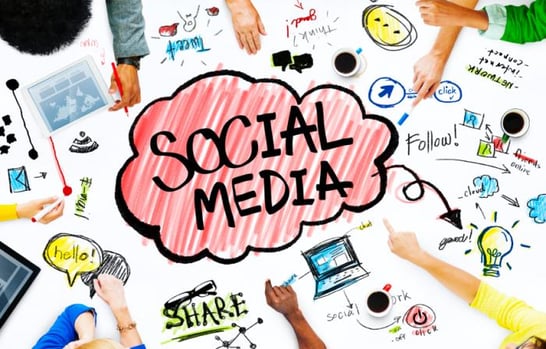
 The new year is here and the opportunities for a fresh start it brings shouldn't be cast aside. Nurturing the opportunity as if it were a patient can yield surprising benefits both in and out of the job title. There is always room for improvement in a position that demands the hardest work for the sweetest reward, the gratitude of well-cared for patients.
The new year is here and the opportunities for a fresh start it brings shouldn't be cast aside. Nurturing the opportunity as if it were a patient can yield surprising benefits both in and out of the job title. There is always room for improvement in a position that demands the hardest work for the sweetest reward, the gratitude of well-cared for patients.
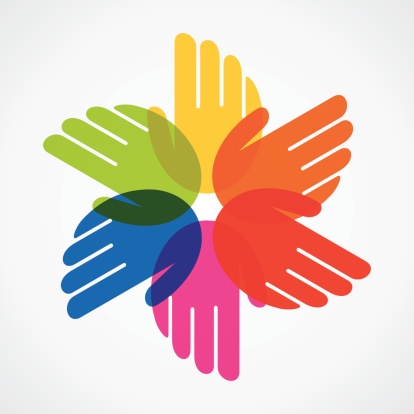 Cultural Diversity
Cultural Diversity
 Many times, Nurses will choose to pursue a career in healthcare so that they will have the chance to spend their days helping others. There is an added bonus though. Many of the Nursing Specialties have a career trajectory of solid growth with a Nursing salary that is well above the income level of the median population.
Many times, Nurses will choose to pursue a career in healthcare so that they will have the chance to spend their days helping others. There is an added bonus though. Many of the Nursing Specialties have a career trajectory of solid growth with a Nursing salary that is well above the income level of the median population. More accurate due dates are something both mother and medical professionals want. But is it something possible to achieve? Ultrasound scans are helpful but they can only give an estimate date.
More accurate due dates are something both mother and medical professionals want. But is it something possible to achieve? Ultrasound scans are helpful but they can only give an estimate date. 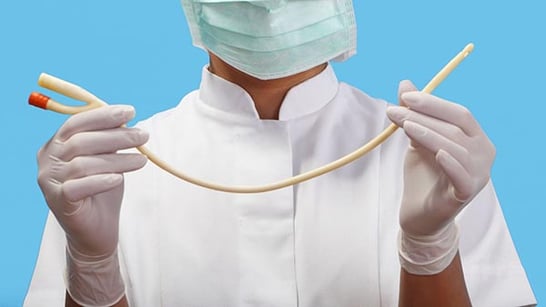 Nurses have heard it before, "Can you not talk about gross stuff at the dinner table?" But Nurses can't help it when the most disgusting things are completely normal in their everyday lives. They become desensitized to topics like body fluids, infections, and smells and sounds.
Nurses have heard it before, "Can you not talk about gross stuff at the dinner table?" But Nurses can't help it when the most disgusting things are completely normal in their everyday lives. They become desensitized to topics like body fluids, infections, and smells and sounds.
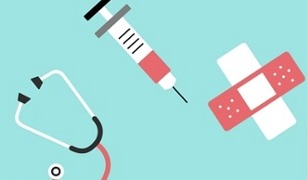 According to projections from the Bureau of Labor Statistics by 2022 there will be an increase in the number of Registered Nurses of 526,800. That is over half a million! This means lots of
According to projections from the Bureau of Labor Statistics by 2022 there will be an increase in the number of Registered Nurses of 526,800. That is over half a million! This means lots of 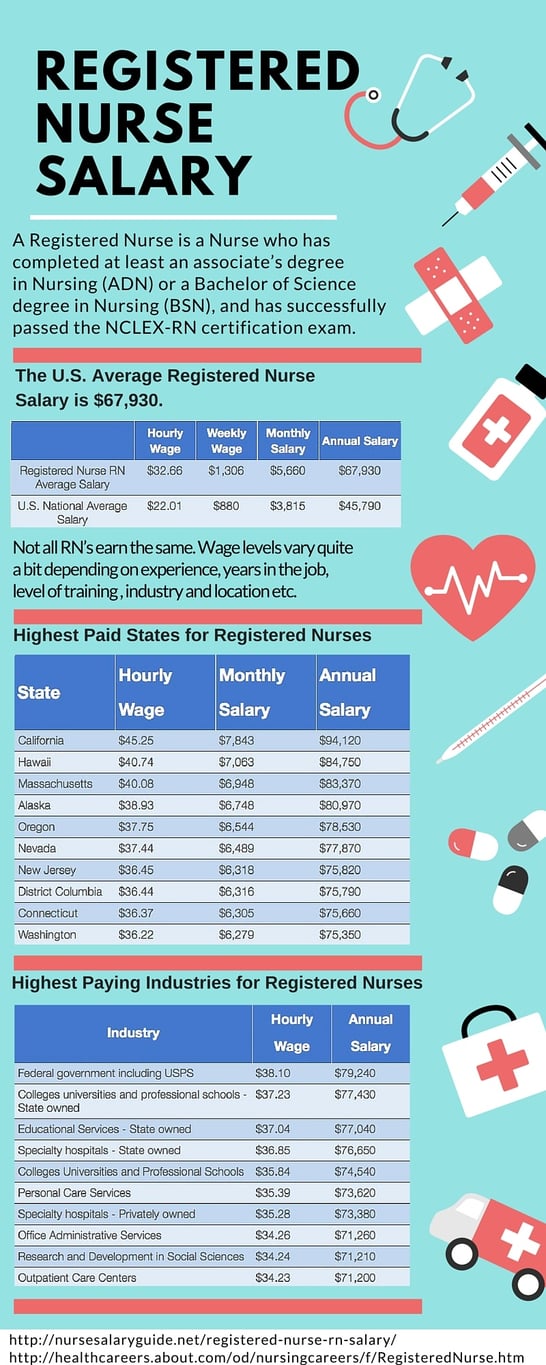

 It is clear that digital technology has a firm grasp on our lives and is advancing daily. We walk around with a computer in our pocket (cellphones) full of endless amounts of information. This technology has changed the way we provide healthcare and with this change there are pros and cons. Specifically, Electronic Health Records (EHRs) or Electronic Medical Records (EMRs).
It is clear that digital technology has a firm grasp on our lives and is advancing daily. We walk around with a computer in our pocket (cellphones) full of endless amounts of information. This technology has changed the way we provide healthcare and with this change there are pros and cons. Specifically, Electronic Health Records (EHRs) or Electronic Medical Records (EMRs).